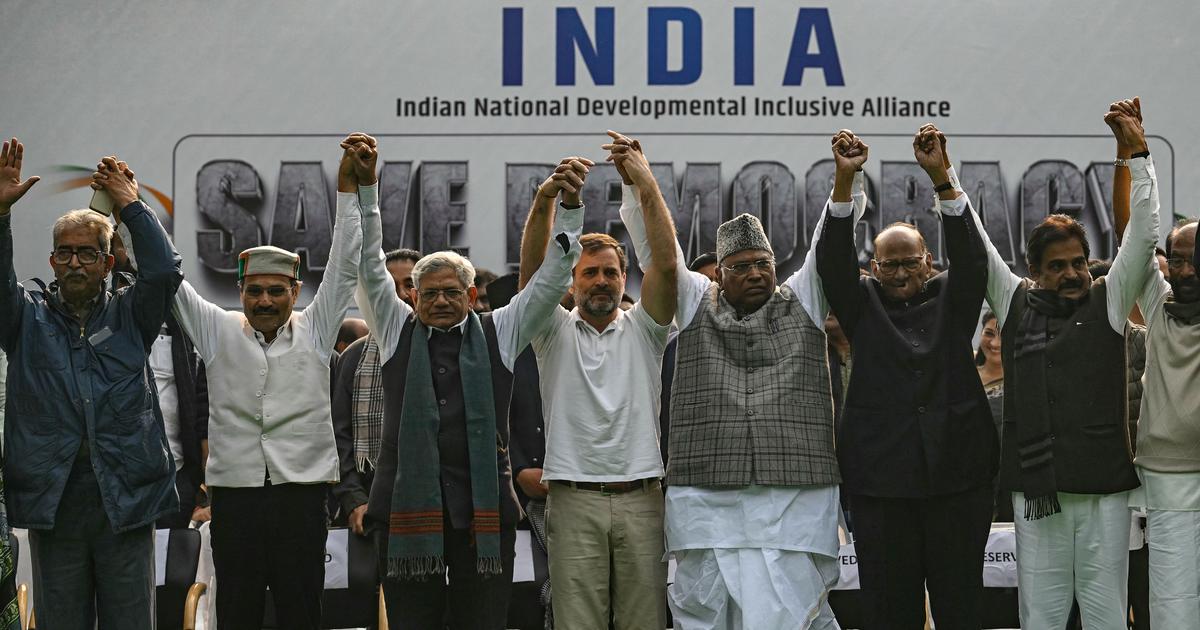What India’s Opposition bloc can learn from JNU student politics on coalitions, realpolitik

In moments of perceived political crisis, the demand for a “united opposition” gains urgency in India’s multiparty electoral system. When confronted with a powerful right-wing party that they view as a systemic threat, such as the Bharatiya Janata Party in contemporary India, many observers and citizens advocate for disparate Left and centre-left, or progressive-secular parties to set aside their differences and unite to form a common front.
The logic of tactical unity is emphasised, even at the cost of ideological or programmatic coherence, because the hegemonic adversary undermines the core values they otherwise share.
Although political parties occupying broadly the same ideological bandwidth may agree on normative values such as secularism and social justice, they differ sharply on particular approaches to social welfare, preferred models of economic development, issues they deem vital such as regional autonomy or land reforms. Sometimes the parties have histories of deeper rivalries and incompatible political cultures such as the Left parties and Congress in Kerala, or the Aam Aadmi Party and the Congress in Delhi.
A difficult democratic paradox
However, these calls for unity should consider several important consequences. First, pre-poll unity requires political formations to suppress or paper over important substantive disagreements that would otherwise enrich the democratic process by offering voters...
Read more
News